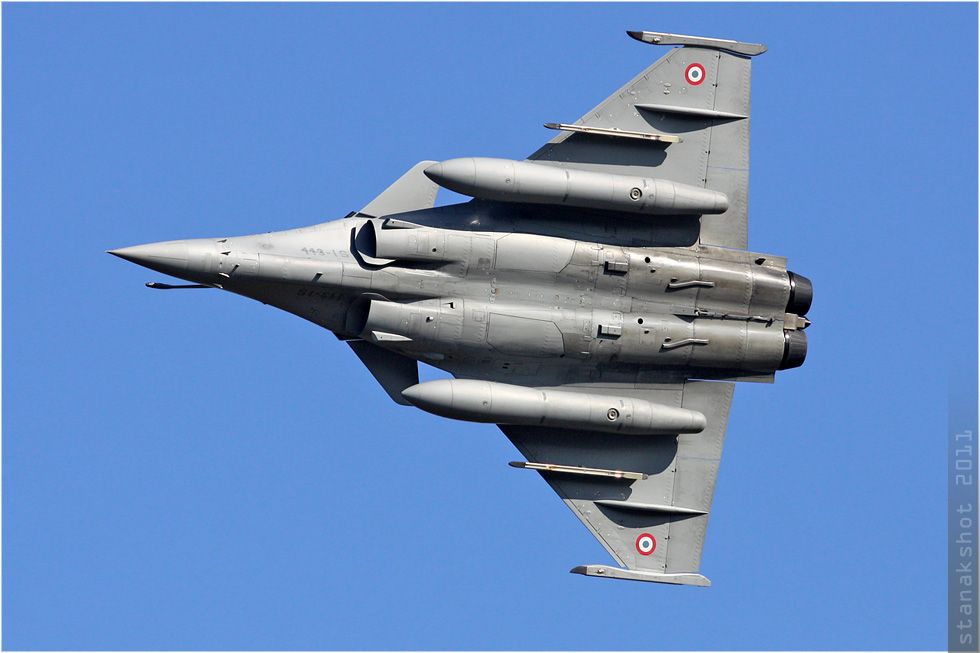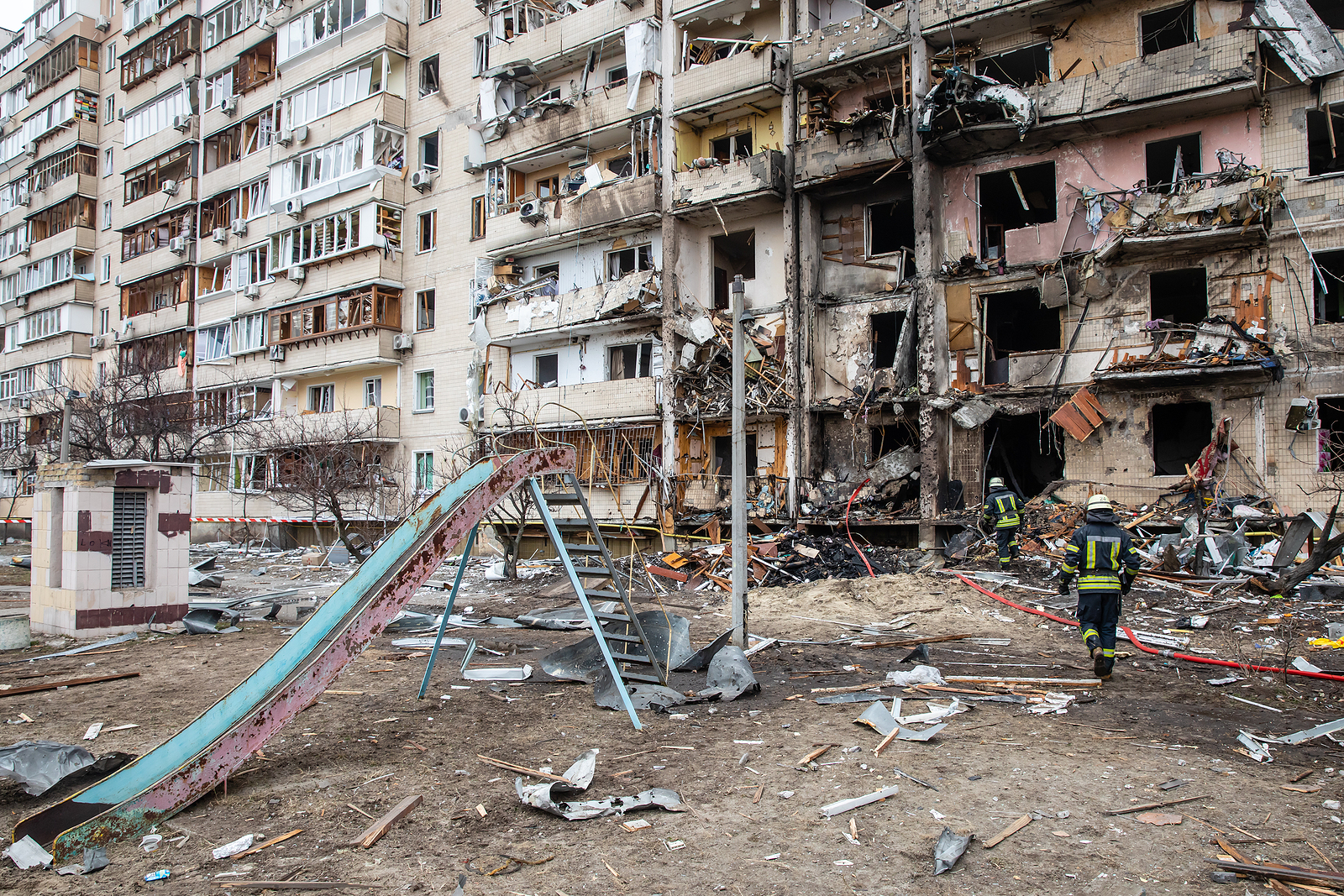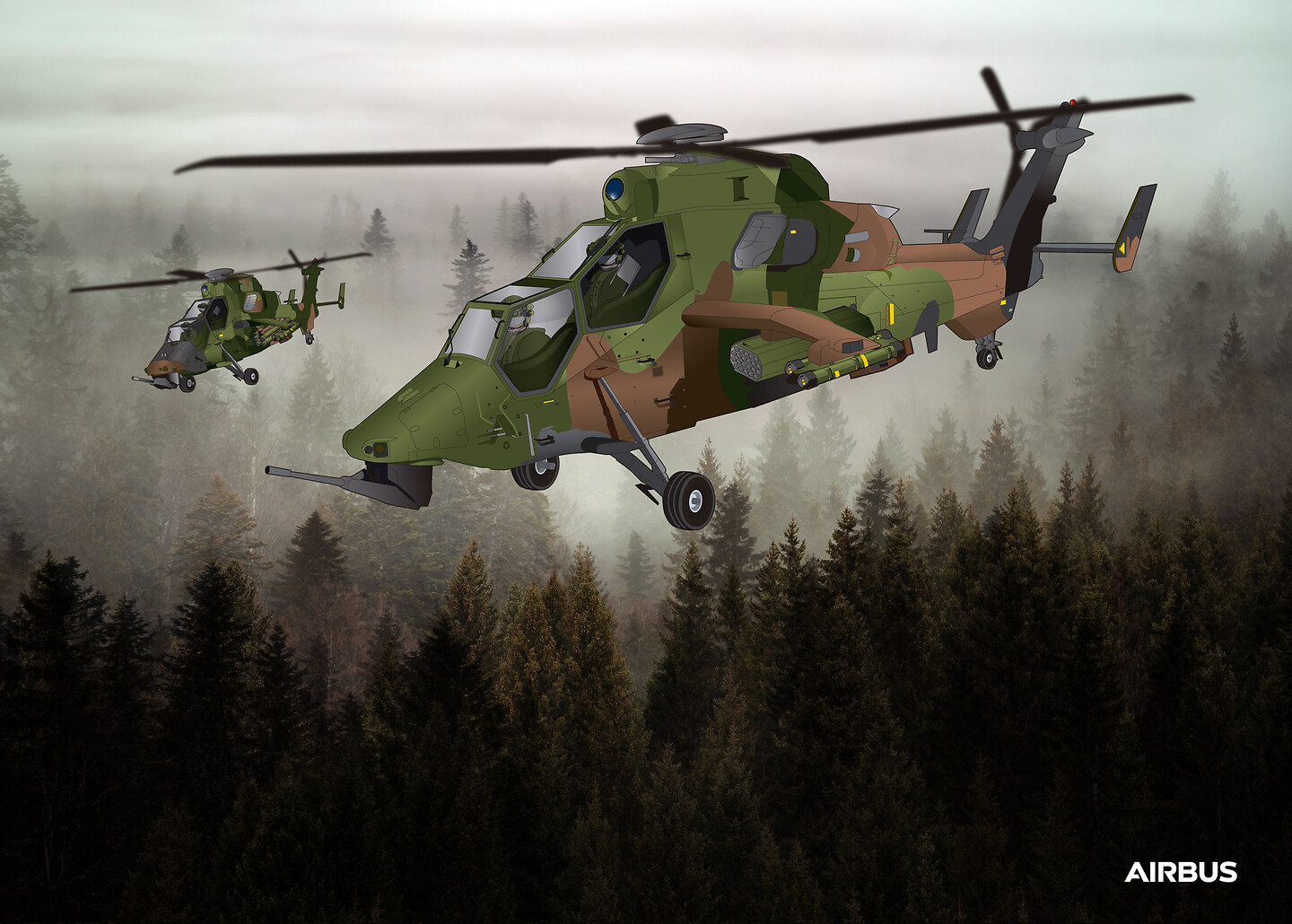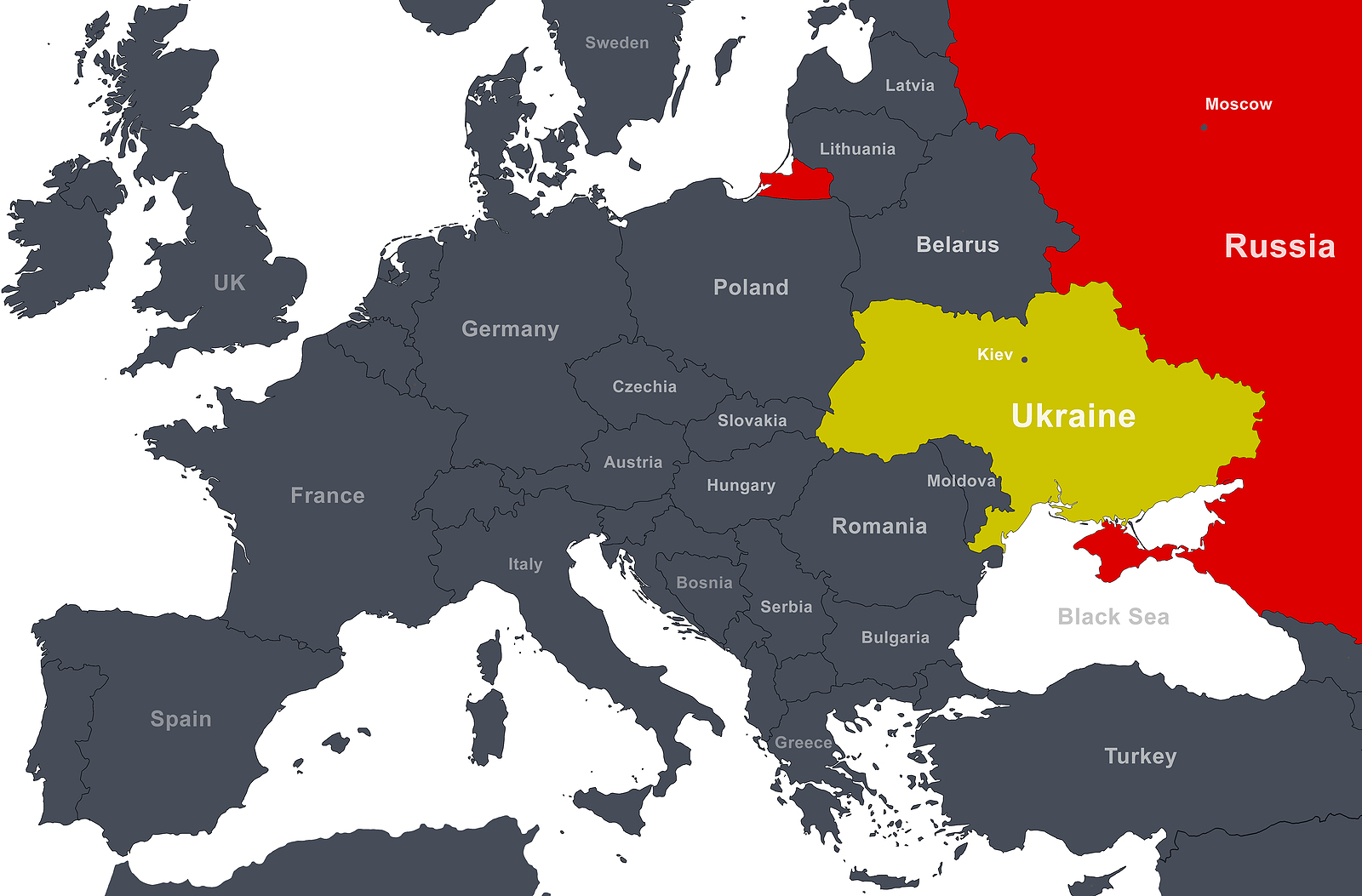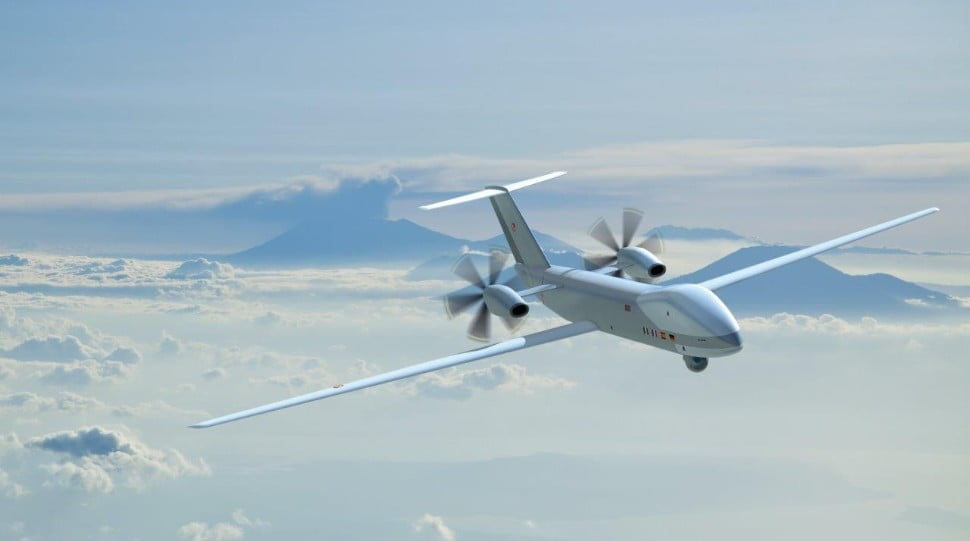By Pierre Tran
Paris – Dassault Aviation insisted on being appointed lead prime contractor and architect on a European next generation fighter jet, and also lead contractor on the fighter’s flight control system, executive chairman Eric Trappier said March 4.
“These are two red lines,” he said on the sidelines of a news conference on 2021 financial results.
Dassault signed a contract on work on a technology demonstrator for the fighter, handed it the French procurement office, Direction Générale de l’Armement, and has been waiting since September for Airbus Defence and Space to countersign, he said.
The DGA declined comment.
Airbus DS is industrial partner on that fighter project, a key element in phase 1B on development of a European Future Combat Air System, a complex network linking up the planned fighter, remote carrier drones, and aircraft of allied nations. The new fighter would replace the Rafale and Eurofighter.
Dassault sees Airbus DS as seeking to share lead management of the fighter program, which the family controlled company resists.
There should be a “best athlete” approach,” with a single leader, Trappier said.
Airbus DS said it had made proposals on cooperation on the new fighter and was confident agreement could be reached.
“We have managed months ago to find fair and balanced agreements on all six other pillars, where even under a defined leadership the competence and capacities of each partner are respected and can participate in an equitable manner,” an Airbus DS spokesman said.
“Airbus has made several proposals to converge also on the Next Generation Fighter (NGF) and we are supporting any solution which will respect both the skills of each partner and the lead role of Dassault Aviation, leading to a fair agreement.
“We are confident that a resolution can be achieved if the rules of the cooperation agreed by the nations are respected in the NGF, as it is the case on other pillars,” the spokesman said.
“The FCAS programme is decisive to meet the requirements of Europe’s armed forces in the future and we are committed to it.”
The fighter is the first pillar in FCAS, with Dassault designated as the lead partner on the fighter. The other six pillars are the engine, remote carriers, combat cloud for network communications, simulator labs, sensors, and stealth.
The delay has been a “very high cost,” Trappier said, as some staff in the company’s some 100-strong design office have been re-assigned, with the prospect of re-assigning all those personnel if there were no contract on the fighter project.
Trappier declined to comment when asked if he had a plan B if an agreement failed to be reached.
Red Lines Issue
“We were surprised at how clear the issues on SCAF/FCAS have become for Dassault: the red lines are now glowing,” said Sash Tusa, analyst at equity research firm Agency Partners.
Work on the architecture and design of the flight control system was important, Trappier said, and Dassault’s design staff worked in Saint Cloud, the head office in the suburbs of the capital.
Airbus DS had design skills, and its staff worked in Toulouse, southwestern France, he said.
An analyst said that remark on the Airbus DS design engineers was a particularly barbed comment, pointing up a perceived lack of specialist experience in designing fighter jets. Toulouse is the headquarters of Airbus, an airliner manufacturer, while the head office of the defense and space unit is in Manching, southern Germany.
It remained to be seen which would come first, Airbus DS signing the contract on the fighter project or Germany ordering the F-35 fighter, Trappier said.
On a contract signed Feb. 24 on a European medium-altitude, long-endurance drone, Dassault’s share of the deal was worth €1.2 billion and consisted of architecture for the flight control system and communications systems, he said. Thales, in which Dassault holds a 24.6 percent stake, will share the communications work.
The total budget for the European unmanned aerial vehicle is €7.1 billion, backed by France, Germany, Italy, and Spain.
German chancellor Olaf Scholz said Feb. 27 told the Bundestag parliament the 2022 federal budget would adopt a one-off fund of €100 billion ($109 billion) for military spending, and pledged an annual defense budget of more than two percent of gross domestic product.
Germany would also build the next generation fighter and tank in cooperation with France and other European partners, he said, and these projects were of “utmost priority.”
The chancellor made his speech, widely seen as a major policy switch, in response to the Russian assault on Ukraine, which has sparked Western sanctions against Moscow in banking, sports, culture, aerospace, trade, and airline travel.
Scholz said there was a contract signed the previous week for a European medium-altitude, long-endurance drone, pointing up the importance of German military spending and cooperation. Berlin would press ahead with an order for an armed Heron drone from Israel.
There would also be a replacement of the German Tornado fighter, which carries nuclear bombs under a Nato agreement, he said.
“The F-35 fighter jet has the potential to be used as a carrier aircraft,” he said, while the Eurofighter could be equipped for electronic warfare.
Cash Rich Dassault
The brakes were off for Dassault, such that the cash rich company should consider making an offer for Thales, a stock market research note from Agency Partners said Feb. 16, ahead of the 2021 financial results.
“We think a step change in the dividend payout ratio is possible, but we also suggest that Dassault could reassess its current minority shareholding in Thales, with the possibility of spending cash to buy a majority stake in, and control of, Thales,” the report said.
Dassault holds cash of €4.8 billion, a gain of €1.4 billion from a year ago, the company said in its financial results.
Success in exports and the resulting inflow of cash would fund that M&A deal, the Agency Partners report said. Winning an Indonesian contract for 42 Rafales meant the company had won export contracts for 188 fighters from five nations over the last 18 months, including two new client nations – Croatia and Indonesia, the report said.
That allowed a manufacturing “bridge” of legacy fighters and the Système de Combat Aérien du Futur (SCAF/FCAS), with an estimated production of three Rafale per month into the early 2030s.
That export success has sparked a “re-think” in France of working with Germany on the future combat air system, due to German concerns on arms exports and tension over leadership of the FCAS project, the report said.
France levies a tax of two percent on arms exports, to recover a “fair portion” of the development cost of weapons ordered by the French authorities, Hervé Grandjean, spokesman for the armed forces ministry, told journalists Dec. 9.
That leads to limited direct financial gain for the French government from arms export, although prospects for overseas sales are factored in when funds for domestic projects are drawn up.
Profit Rise
Dassault reported a rise in 2021 adjusted net profit to €693 million from €396 million in the previous year, on sales rising to €7.2 billion from €5.5 billion.
That boosted net profit margin to 9.63 percent of sales from 7.2 percent.
Sales for 2022 were expected to fall. The book-to-bill ratio of orders to sales was 1.67.
Orders rose to €12 billion from €3.4 billion, helped by orders for 49 Rafales, of which 37 were export deals, including 31 units for Egypt and six new aircraft for Greece. Athens also ordered 12 second-hand Rafales, which France replaced with an order for the same number.
The order book rose to €20.8 billion from €15.9 billion.
Croatia bought 12 second-hand Rafales and signed a service contract with the company.
Dassault was expecting to receive hefty down payments this year, based on a total of 128 Rafale orders, consisting of an 80-strong order signed with the United Arab Emirates in December , an Indonesian order signed last month for 42 fighters, and an expected Greek contract for six more fighters. The deal for the latter was authorized by the Greek parliament last month and a contract is expected to be signed shortly.
In general, the price tag for a Rafale is €100 million per unit, with Thales accounting for some 25 percent, Thales chief financial director Pascal Bouchier told March 3 a news conference on the 2021 financial results of the electronics company.
Dassault, which is pursuing other export deals for the fighter, is working on an upgraded F4 version and will work on further upgrades, Trappier said.
The company expects to deliver 12 fighters this year, after 25 last year, shipped to India and Qatar.
France is expected to order next year a fifth tranche of Rafales for the French air force, the company said, potentially consisting of 30 units as planned, and a further 12 units to replace those sold to Croatia. France has ordered 192 Rafales, so far.


